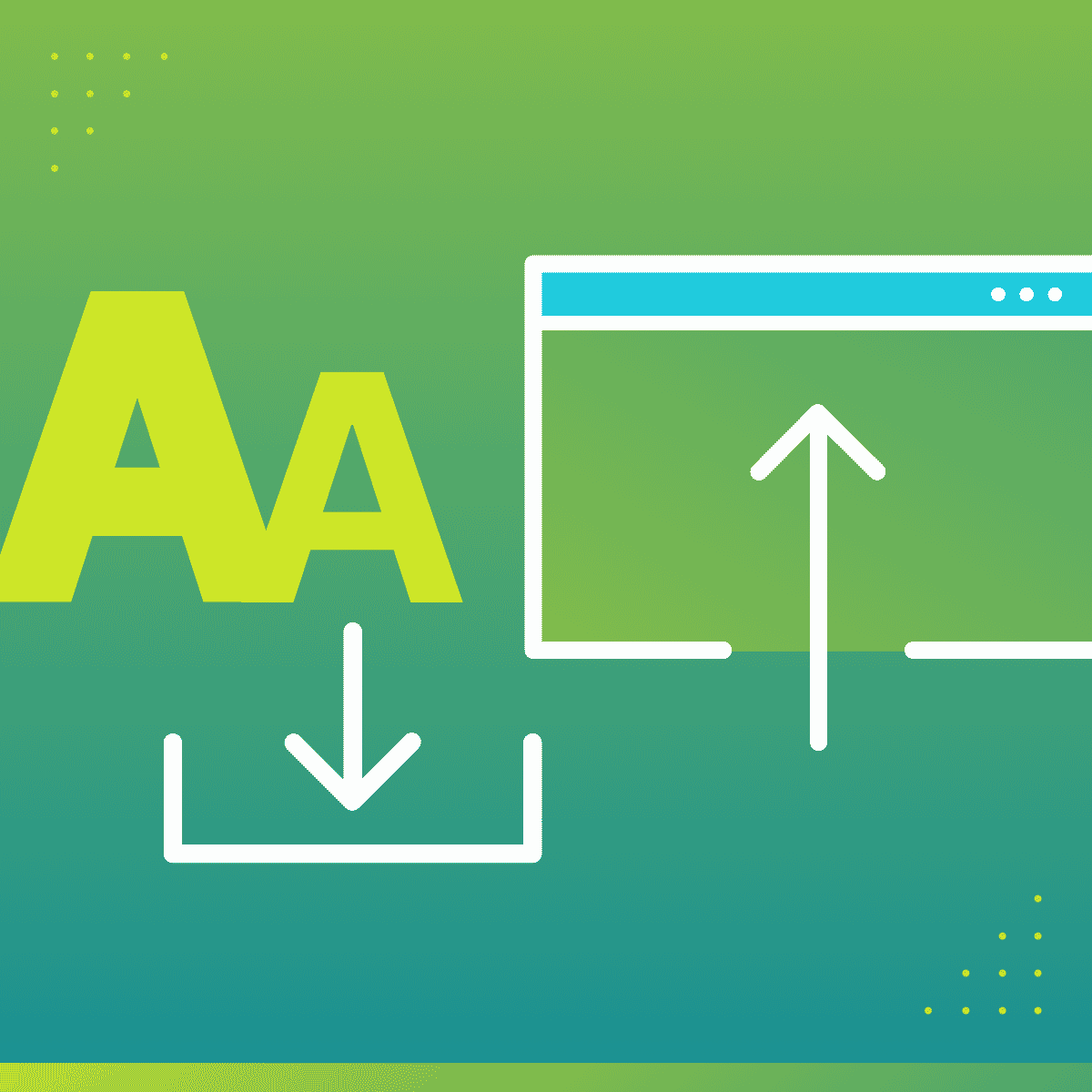This guest blog post was written by Dr. David Marshall, a technical writer, and a training developer since 2007. He is also the owner of Neithdos Consulting Services LLC. Dr. Marshall received his DM in Executive Leadership from Colorado Technical University in 2021.
Not so long ago, when we were able to purchase computer games off the shelf at our favorite stores such as Walmart, Target, Game Stop, or even Best Buy, we had to look at the minimum and recommend configuration setting on the side of the box to figure out if the game will even work on our personal computer at home. Even then, we were still determining if the program would function. Sometimes, we would have to purchase the product and hope for the best that it will play.
We would ask ourselves, what happens if the game doesn’t run? Are there written instructions inside the box that can help us with our problem? Are the steps clear and concise, or do we need a Latin and rocket technology doctorate to understand the document? Was there anything we could do besides call the company that created the software and wait a couple of hours before we spoke with someone? Introducing the Installation Guide.
Purpose
The purpose of the installation guide is to give the customer enough information to install a product without needing to contact customer service.1
It's important to note that an installation guide differs from a user guide. While an installation guide focuses on the steps to set up a product, a user guide is a comprehensive manual that explains how to use a product or system and its functions, ensuring the audience feels informed. The installation guide helps customers avoid common pitfalls and errors during installation.2
What is an Installation Guide?
Installation guides are step-by-step documentation that comes with a product. They instruct the customer on adequately installing and setting up the product. These technical documents assist users in installing a particular device or software by containing the required steps to install, uninstall, upgrade software, or assemble hardware.
It's important to note that an installation guide differs from a user guide. While an installation guide focuses on the steps to set up a product, a user guide is a comprehensive manual that explains how to use a product or system and its functions, ensuring the audience feels informed.
The installation guide helps customers avoid common pitfalls and errors during installation.

Who Writes the Installation Guide?
The goal is to ensure that the installation guide is written from the customer’s point of view. This is where the technical writer steps in.
The technical writer has the skills to write a practical and engaging installation guide while championing the user's experience.
The role of the technical writer in developing the installation guide includes:
- Formatting
- Writing
- Managing the review cycle
- Incorporating feedback
- Distribution
- Maintaining a documentation repository
Technical writers will work with other groups within the organization to guarantee the best product. These groups include:
- System Administrators: Ensure the proper procedures are included for upgrading, installing, and configuring the software and hardware.
- Engineers: Have a critical role with their technical expertise, testing and calibration, and user training and support.
- Developers: They oversee smooth installations and optimal application performance. They also work with the technical writer to regularly review and update the guide.
- QA Testers: Create a detailed test plan for the installation procedures. They make sure that all elements of the hardware or software are covered.
- Product Managers: Provide the product's vision and strategy, oversee its execution, and guide development to meet user needs.
Installation Guide Sections
To create an effective installation guide, the process begins with thorough research. Technical writers must gather essential information, including the software name and version, dependencies, license terms, installation file format, and hardware requirements.3 This information can be obtained by searching the Internet, conducting software scans, or utilizing a software installation checklist.
Once the research is complete, it's crucial to structure the installation guide in a way that aligns with the needs of the customers. The guide typically opens with an introduction that provides an overview of the product, software, or service, highlighting its main features. Following the introduction, the product description should include an overview of the product's purpose, features, and benefits, along with detailed information about its functionality and capabilities.
This structured approach ensures that the installation guide is comprehensive and user-friendly.
Preinstallation requirements
- Database prerequisites: Two of the most popular database systems, SQL Server 2019 and Oracle, have different requirements for installing software. Users need to check the installation guide for the version they are installing.
- Internet Information Service (IIS) requirements: Before installing, check the installation guide for the operating system, hardware memory, and configuration requirements.
- Hardware requirements: The computer hardware must meet the minimum requirements before installing any software such as:
- Processor
- Processor speed
- Random Access Memory (RAM)
- Hard disk capacity
- The user guide will have the recommended hardware requirements for the above components to ensure the user can get the most out of the installation.
- Software Prerequisites: Each software program includes a setup program that verifies whether the system meets the Windows server, framework, and SQL server prerequisites.
- The database identifies paths, database names, and tables.
- Application Programming Interface (API) ensures that two or more computer programs can communicate.
- Web Servers ensure that computer software and hardware can accept requests via a network protocol (HTTP and HTTPS).
Pre-Installation checklist
The most important part of the installation guide is the step-by-step instructions. This section allows users to use the product or software. Each step should have clear instructions and a screenshot so customers can follow along. If multiple installation methods exist, such as beginner versus advanced, ensure the instructions address both scenarios.
Configuring Procedures and Settings: The default configuration settings should be updated after installation. However, the user may want to adjust the settings so that it enables them to get the most out of their software.
Software License Information: The software license is an agreement between the software creator and the end user. The license defines the terms and allows the user to install multiple copies. It also sets limitations on how the software is used, distributed, and modified.
Post-Installation Tasks: This section lists all the post-installation tasks that must be completed so that the software can function correctly.
Troubleshooting: The troubleshooting section assists the users in fixing common issues. Troubleshooting identifies known issues and common mistakes that may arise when configuring the system.4 A couple of examples include:
- Rebooting the computer: A simple reboot may solve the problem.
- Run Program Troubleshooters: The user may use a built-in program to diagnose issues.
- Free up disk space: Ensure there is enough space on the computer.
- Run the Installer as an Administrator: Many programs will only allow installation if you are an administrator. Sometimes, a simple fix is to right-click and choose “Run as administrator.”
- Uninstall Previous Version: You may need to remove older versions that may conflict with the installation.
Uninstalling: This section goes over how to uninstall the program and includes steps on upgrading the application.

Benefits of Installation Guides
The benefits of installation guides are:
- Clear and comprehensive installation manuals and guides make a great first impression on customers.
- Allows the customer to set up and use your product quickly and without issues.
- It improves transparency and reduces frustration by informing the customer of the minimum system requirements for installing the product.
- It decreases the customer service department strain and saves your company resources.
- Provides customers with enough information to get the total value out of your product from the start, leading to greater customer satisfaction
Tips for Writing an Installation Guide
- Know your audience. For example, if the guide is written for advanced users rather than beginners, it may need different images, videos, wording, etc.
- Use plain and simple language.
- Follow a logical structure and sequence.
- Test and revise the document
Why are Installation Guides Essential?
Avoids complexities: The installation guide turns a complex situation into a simple step-by-step process of assembling the product or installing the software. The guide also helps navigate through any errors.
Reduces customer support tickets: The goal is fewer calls to the customer support center. The installation guide helps the user understand how to set up their product, allowing the organization to operate more efficiently and assist customers with more complex issues.
Better understanding of technology: Users can better understand how the systems operate and navigate any issues without becoming too frustrated.
Prevent Installation Errors: The last thing any customer wants is to encounter errors while assembling a product or installing software. Encountering errors may leave your customer looking elsewhere. An installation free of errors will make a happy customer.
Provides a positive experience: Customers who can assemble a product or install software without any calls to customer service or “Googling” for additional assistance will result in customers appreciate the time the business took to ensure that everyone is happy with the service.
Installation guides are a critical component of delivering a seamless customer experience. They not only help users set up products efficiently but also prevent common errors, reduce the need for customer support, and enhance overall satisfaction.
For organizations looking to create top-notch installation guides, utilizing powerful software solutions like MadCap Flare and IXIA CCMS can make a significant difference. These tools offer robust features that streamline the writing process, ensure accuracy, and allow for easy updates, making them excellent choices for any technical documentation needs. Whether you are a technical writer or a company aiming to provide clear and comprehensive documentation, MadCap Flare and IXIA CCMS are essential tools in delivering effective technical writing solutions.
Sources:
- Essential Data Corporation. (n.d.). Installation manuals and guides. Retrieved from https://essentialdata.com/installation-manuals-and-guides/
- Essential Data Corporation. (n.d.). Everything you always wanted to know about quick reference guides. Retrieved from https://essentialdata.com/everything-you-always-wanted-to-know-about-quick-reference-guides/
- McGlaun, S. (2018, November 18). How to try Windows software that won't install. MakeUseOf. Retrieved from https://www.makeuseof.com/tag/try-windows-software-wont-install/
- McGovern, I. (2024, July 2). How to write an installation guide with sample guidelines. Klariti. Retrieved from https://klariti.com/2024/07/02/how-to-write-an-installation-guide-with-sample-guidelines/











